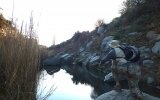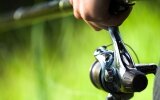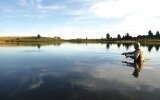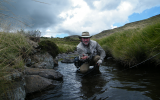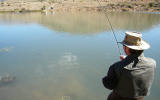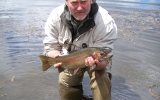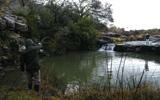- Magazine
- #readityourway
- Weekly Stories
- #shareyourstory
-
Adventure
- Abroad Travelling
- Africa Travelling
- Events
- Expos & Shows
- Festivals
- Fishing
- Free Diving
- Gliding
- Horse Riding
- Inspiring People
- Islands Travelling
- Kite/Windsurfing
- Motorbiking
- Motorised Water Sports
- Mountaineering
- Mountain Biking
- Off-road 4x4
- Off-road Motorbiking
- Paddling
- Performance Driving
- Photography
- Rock Climbing
- Rollerblading
- Sailing
- Scuba Diving
- Skateboarding
- Skydiving
- Snowboarding & Skiing
- Surfing
- Swimming
- Trail Running
- Wakeboarding
- Waveski Surfing
-
Sport
- Adventure Racing
- Fishing
- Free Diving
- Gliding
- Health & Fitness
- Horse Riding
- Inspiring People
- Kite/Windsurfing
- MMA
- Motorbiking
- Mountain Biking
- Multi-sport
- Off-road 4x4
- Off-road Motorbiking
- Paddling
- Performance Driving
- Photography
- Road Cycling
- Road Running
- Rock Climbing
- Rollerblading
- Sailing
- Scuba Diving
- Skateboarding
- Skydiving
- Snowboarding & Skiing
- Surfing
- Swimming
- Rugby
- Trail Running
- Triathlon
- Wakeboarding
- Waveski Surfing
- Lifestyle
- Calendar
The art of fly-tying
Alan Hobson | Photos: Courtesy of Angler & Antelope
Topic:
Fishing
Flies are used to fool fish into believing they are food. Fly fishing is a method of fishing used to present the fly to the fish. Fly-tying is the method of creating these secret recipes, flies, as faux food for fish. And almost any and every fish species can be caught on fly. Sounds complicated? Well, it is and it isn’t.
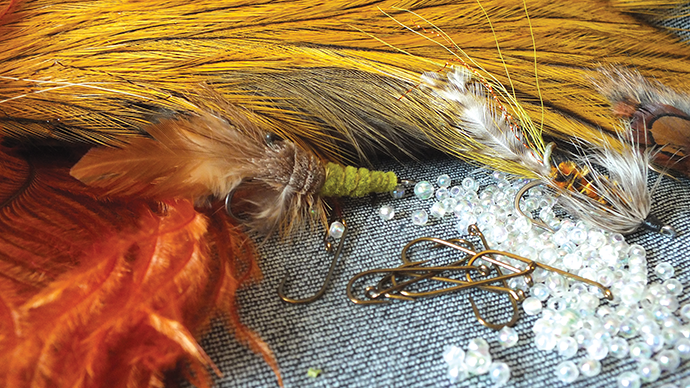
One of the fish’s strongest weapons is its sense of smell, but flies don’t have a scent, so fly fishing actually makes the sport more difficult. Luckily for the angler, the fish’s other senses also play a huge role in their predatory prowess.
Traditionally, flies were made mostly from fur and feathers. Today, there are no boundaries as to what materials one uses to create a fly. If you can cast it with a fly rod, then it is regarded as fly fishing.
Fly-tying holds two comparisons; the first is to Master Chef and the second to a CSI investigation. Tying a fly is much like a Master Chef pressure test, where one scouts the entire pantry for ingredients; the selection is endless, so it becomes a little daunting as to where to start. Now let the CSI investigation begin; study the environment of the fish, try to see what it is eating and then recreate the food source. Here, fly fishing is a lot more forgiving as one of several elements could trigger a fish into believing your fly is food. Fly-tying is all about creating that trigger - shape, size, colour or movement - on the day that convinces the fish to eat the fly.
The fly can be an attractor pattern or an imitative pattern that is either impressionistic or realistic. Spending time behind the tying vice requires many of the skills of a chef and an investigator, with a healthy dollop of patience, traits not all of us posses. It is more cost effective to buy flies rather than tie your own; however, there is a huge amount of gratification to be enjoyed if your fly produces a fish. You usually need several different colours of each component to be able to tie a variety of fly patterns, using only a small amount of each material. Visit your local fly tackle shop and ask for advice on what equipment is required to get started.
Once you begin to take fly-tying seriously, prepare to be ridiculed. You will receive very odd looks standing at the nail varnish section of a retail store, searching for Hard as Nails, clear nail varnish and the like, to seal the thread at the head of the fly because the threads tend to perish when exposed to water and sunlight. Even more embarrassing is choosing nail varnish colours to match the carapace (hard upper shell) of an insect. Fiddling in the haberdashery store, looking for beading wire, beads, strong elasticised thread or just browsing through a scrapbooking shop and asking for seal skin, does turn a few heads. But, the ultimate embarrassment is visiting your friends and asking them if you could steal a few feathers from their pride and joy in the avery. Better still, asking the hostess at a dinner party if she would mind if you snipped a few hairs off her mink coat; yes, it does raise a few eyebrows!
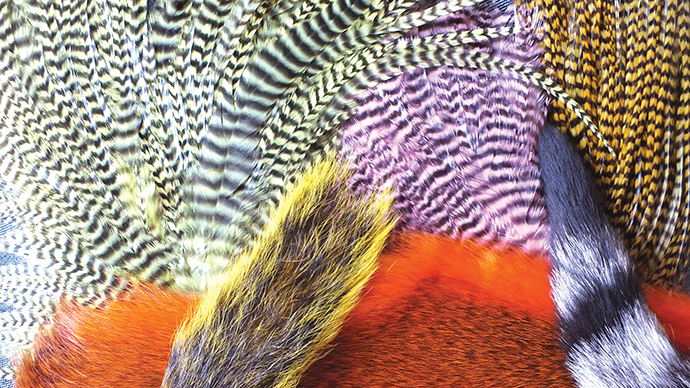
In the modern world, making a silicone mould of an insect so that you can reproduce it exactly and using the same acrylic materials dentists use to make your bite plate (that stops you from grinding your teeth), is all part of the pursuit of that ‘magic fly’; an exact replica of the real thing. One can take it as far as you are willing to go, but, undeniably, it is a lot of fun and well worth the effort.
Much like the actual experience of fly fishing itself, tying flies is addictive and a never-ending journey in search of ‘that’ perfect pattern. By tying your own flies, you learn to understand the proportions, colours and behaviour of the fish’s food source; definitely an inside track to becoming a more consistent and successful fly fisherman. You also learn to think like a fish by understanding its life cycles, habitats and behaviour, and this gives you an advantage of what fly to use, when to use it and, most importantly, how to use it to best imitate the insect of the moment. Observation is one of the strongest assets when on the water.
So the next time you see a fisherman staring into space with a glazed look, it is not because they are mesmerised by the action of the waves or hypnotised by the sounds of the water, they are acting out the role of Sherlock Holmes, observing. You often see anglers excitedly rush to the water and go through the motions, but not actually fishing. When you ask them how it went, they reply, “I didn’t have to catch anything as it’s more about the outing.” Well, if they had caught something, their enjoyment would spike another notch. And if they had created their own pattern, they would experience complete fulfilment.
For more information on fly-tying, the following resources are highly recommended.
DVD:
A South African Fly-tying Journey with Ed Herbst and Friends
Books:
The Fly-tying Bible by Peter Gathercole
The Orvis Fly-tying Guide by Tom Rosenbauer
The South African Fly-Fishing Handbook by Dean Riphagen
E-Book:
Essential fly-tying techniques by Tim Rolston All of the above are available from www.netbooks.co.za.
|
|
|
|
|
|
|
Issue:
Issue 26 Jun '13
Contributor:
Alan Hobson

